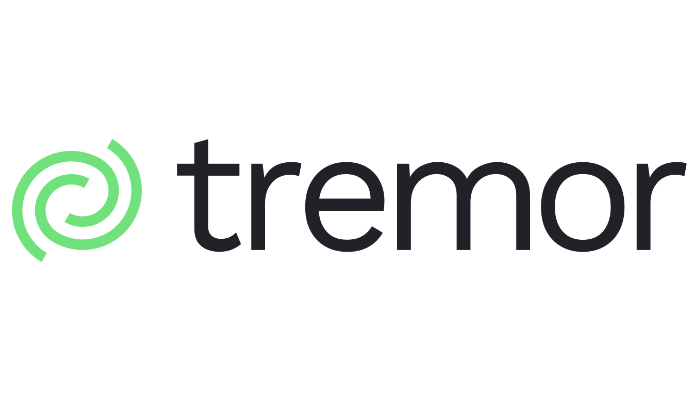Tremor aims to bring modern reinsurance placement to residual markets

Tremor Technologies, the insurtech operator of a programmatic risk transfer marketplace, is launching a division focused on residual and public funded insurance markets, saying that they deserve better reinsurance placement outcomes and that taxpayer funded entities need transparency over price discovery.
The traditional reinsurance market failed some of these residual market insurers in 2022, Tremor believes.
The insurtech marketplace operator says that its value proposition is that it offers “complete transparency with a price discovery process powered by competitive market forces and modern trading technology.”
“Tremor’s technology offers publicly funded residual markets to see the entire marketplace for their placement and ensure that it prices and allocates optimally with complete visibility into incremental cost,” the company explained.
To bring this technology to residual insurance markets, Tremor has launched a new division, Tremor Public, while also bringing onboard a new advisor in U.S. Senator Benjamin Nelson.
The Honorable Senator Benjamin Nelson will help advise Tremor as it builds out a public entity focused reinsurance business.
Nelson had served two terms in the U.S. Senate, representing the State of Nebraska, two terms as Governor of Nebraska, one term as Director of Insurance for Nebraska, and also served as Chief Executive Officer of the National Association of Insurance Commissioners (NAIC).
He continues to be active in the insurance business and serves as CEO of a group of insurance companies.
Tremor believes that these insurers of last resort need transparency and an efficient reinsurance placement process, not least as they are taxpayer funded.
“Tax payer funded, not for profit insurance companies deserve full transparency for their substantial reinsurance purchases – true market clearing prices that the public can understand powered by competitive market forces, exactly what Tremor delivers,” said Sean Bourgeois, Tremor CEO explained.
Tremor notes that some residual insurance markets were failed by their reinsurance placements in the last year, as they failed to secure the coverage they required.
The company cites, “multi-billion dollar shortfalls due to the failure of the traditional placement process: extremely poor price discovery and an inability to easily see the most complete, most competitive market and incremental additional cost in a transparent way.”
“The traditional reinsurance placement process simply did not work in a market failure not seen since 1993. 2023 will be different. Tremor is looking forward to bringing transparency powered by technology with pricing driven by competitive market forces to publicly funded institutions which have a fiduciary responsibility to deliver the price efficiency the taxpayers that fund them deserve,” Bourgeois continued.
Tremor has been in active discussions with leadership at residual insurance markets across the US, including key markets in California, Florida, Louisiana and Texas.
The reception has been good, Tremor said, especially given the challenging reinsurance market conditions these residual markets are now facing.
These residual insurance markets, public entity insurance groups and insurers of last resort, are often significant buyers of reinsurance limit, but have strict budgets that need to be adhered to.
Technically answering to the taxpayer, these insurers should be doing everything they can to achieve the most efficient reinsurance placement execution.
This means looking to technology that can make that reinsurance renewal and placement process more transparent and efficient, should be a standard part of the process in considering how to face the reinsurance market at renewals each year.
Tremor recently launched a product focused on making catastrophe bond issuance more efficient as well, which may be relevant to these residual insurance markets too, given many of them buy cat bonds to sit as components of their traditional reinsurance towers.






